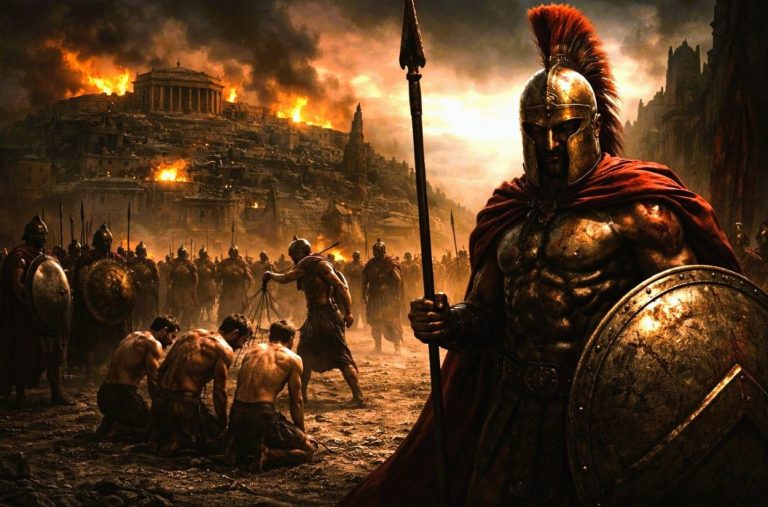

Although many states in the United States have legalized nearly all forms of gambling nowadays, the reality was very different in the 1920s. During this period, gambling was largely illegal and restricted. As a result, illegal gambling was common in the 1920s with many individuals turning elsewhere to place their bets. With this in mind, let’s profile the various types of illegal gambling happening in America during the 1920s.
The State of Illegal Gambling in the Early 1900s
The acts of wagering or playing games of chance have been integral to the collective American social identity since before the United States declared its independence in 1776. However, there were various changes in the early 1900s in America that led to gambling being banned. These changes were largely influenced by the aftermath of World War I and the onset of the Great Depression. During Prohibition, gambling bans were enforced along with alcohol restrictions as gambling was seen as a drain on productivity and a contributor to crime and corruption. This led to the proliferation of various illegal gambling practices. In these illegal gambling venues, cash was the main form of payment and it was often exchanged for chips to enable betting. In some cases, advanced bettors were allowed to play on credit, or used valuables like jewellery or property deeds when they didn’t have cash. Nowadays, gambling enthusiasts have many varieties of pay by mobile casino because technology has made it easier and more secure to deposit and withdraw funds digitally.
Illegal Gambling Practices in 1920’s America
Between 1927 and 1967, Hot Springs operated the largest illegal gambling racket in the country. Despite the enforcement of state and federal restrictions, gambling flourished in this resort town. Gangsters and high-profile individuals were known to attend with more than a million people visiting the area in the 1930s. The Southern Club became one of the town’s most famous gambling spots attracting gangsters throughout the 1920s and after then. Visitors were allowed to play card games like poker, roulette, and other forms of betting, while grabbing a bite to eat and listening to live music.
Another common gambling activity during this period was betting on political elections. Betting on United States presidential elections from around 1868 to 1940 was practiced on a large scale, centered on New York City, which conducted an estimated half of the activity. People were known to bet large amounts of money on elections, especially in New York City. For example, people would bet on who they predicted to win. This form of gambling wasn’t restricted to just wealthy individuals and everyday people also took an interest in betting on political elections.
The 1920s were also notorious for mobsters like Al Capone who ran illegal gambling operations across America. Capone’s gang made lots of money from card games, dice games, and illegal lotteries. These games were often held in secret place such as private clubs, speakeasies or secret rooms to keep everything out of sight. These operations continued without any intervention because corrupt officials were paid to look the other way, helping Capone’s gambling business grow. In the 1920s, horse racing was classified as legal. However, some bookies cheated by changing odds and fixing horse races to make money. At the same time, slot machines which were banned were sometimes hidden inside candy or cigarette machines to trick the police.
Changing Laws and Tech Advancements
Over the years, laws and regulations regarding gambling have evolved significantly. Gambling laws changed slowly after Prohibition ended in 1933 as more states began to recognize the economic benefits gambling activities could bring to the area. Nevada became the first state to legalize gambling in 1931 as a means to boost the economy during the Great Depression. Over time, other states began to lift the ban on lotteries, horse racing and other forms of gambling. In 2025, gambling is legal in many U.S. states, including sports betting and casinos. While some states still ban certain types of gambling, online gambling and mobile betting have became incredibly popular. Advancing technologies like AI, augmented reality (AR), and virtual reality (VR) have changed gambling by making games more exciting and personalized. These advances allow people to gamble from anywhere, helping the industry grow.
Ultimately, the 1920s was an interesting time in the history of gambling. With the Prohibition and banning of various gambling activities, there were many illegal gambling operations such as those ran by criminal gangs as well as more niche operations such as betting on political elections. Today, technological advancements and regulatory changes have shaped the landscape of gambling, giving more gambling fans the choice to enjoy their favorite games legally and securely. So, the next time you’re playing your favorite casino games, remember how they came a long way from the hidden, underground operations of the past.


